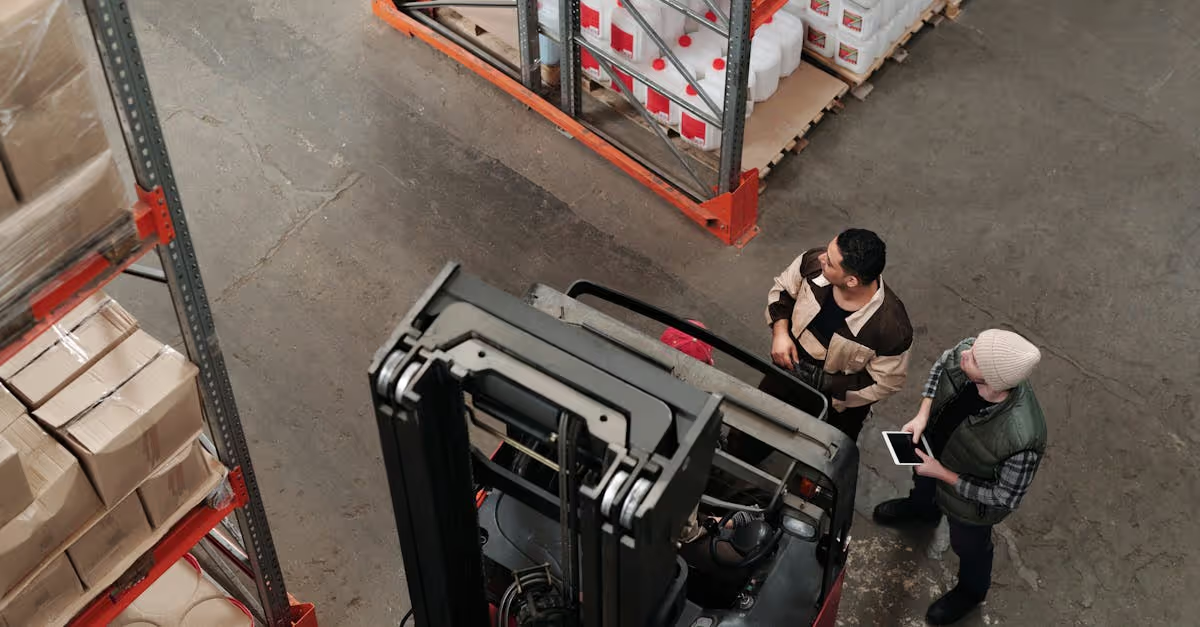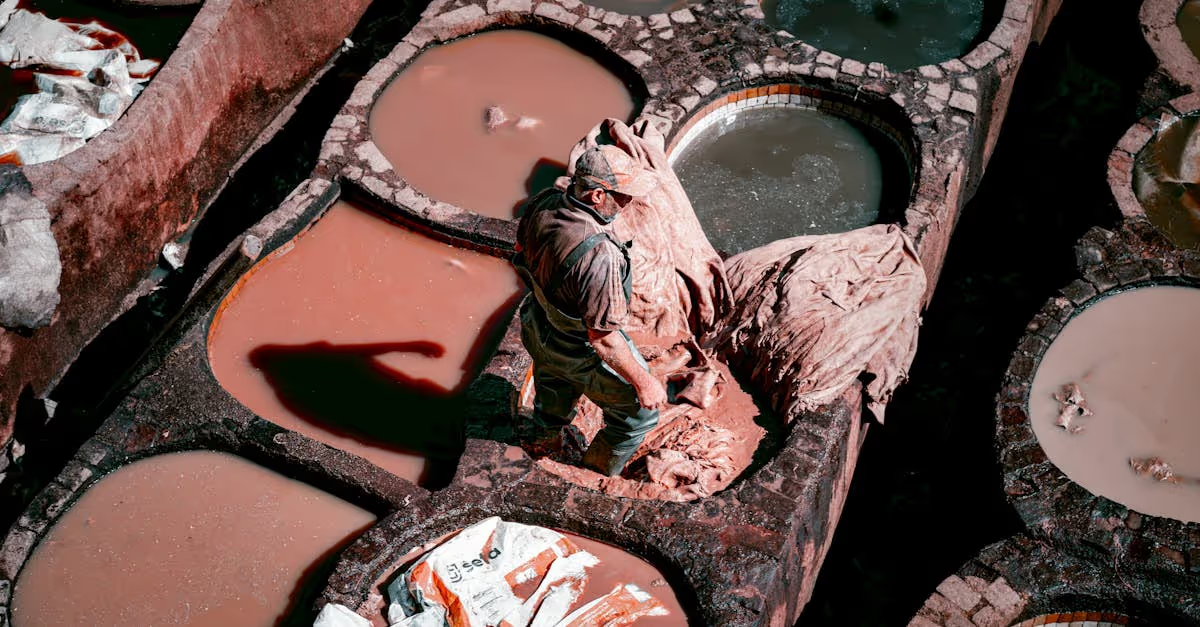Key Takeaways
- Cyanuric Acid as a Stabilizer: It protects chlorine from UV rays, enhancing its effectiveness and preventing rapid dissipation in sunlight.
- Optimal Levels: Maintaining cyanuric acid between 30 and 50 ppm is crucial for maximizing chlorine efficiency and reducing chemical costs.
- Effects of Imbalance: Low levels can lead to ineffective sanitation and algae blooms, while excessively high levels can hinder chlorine's ability to sanitize, promoting bacteria growth.
- Regular Testing: Utilizing test strips, liquid kits, or professional testing ensures proper monitoring of cyanuric acid levels, ideally once every two weeks during peak swimming season.
- Adjustment Strategies: If levels are low, add stabilizer products; if high, partially drain the pool to restore balance and maintain clear water.
- Consistent Maintenance: Regular testing and adjustments help ensure a safe and enjoyable swimming experience, keeping pools clean and inviting.
Cyanuric acid plays a crucial role in maintaining the health of our swimming pools. This compound acts as a stabilizer for chlorine, protecting it from the sun’s UV rays and ensuring that our pools stay clean and safe. Without adequate levels of cyanuric acid, chlorine can dissipate quickly, leading to ineffective sanitation and increased chemical costs. In fact, studies show that proper cyanuric acid levels can improve chlorine efficiency by up to 50%.
Overview of Cyanuric Acid
Cyanuric acid plays a vital role in maintaining a healthy swimming pool. Its primary function is stabilizing chlorine, protecting it from the sun's damaging UV rays. A proper level of cyanuric acid prevents rapid chlorine loss, keeping our pools clean and cost-effective.
What Is Cyanuric Acid?
Cyanuric acid is a chemical compound commonly used in pool maintenance. It acts as a stabilizer for chlorine, enhancing its effectiveness. When we add cyanuric acid to our pools, it allows chlorine to work longer and harder, which can save us money on chemical costs. Lowering chlorine loss can enhance the sanitation of the water, keeping it clear and safe for swimming.
Importance in Pool Maintenance
Maintaining adequate cyanuric acid levels is crucial for effective pool management. Without it, chlorine can dissipate within hours due to sunlight exposure. This leads to greater chemical consumption and increased expenses. By keeping cyanuric acid between 30 and 50 parts per million, we maximize chlorine efficiency by up to 50%. This balance prevents long days of fighting algae blooms and other pool issues. By managing these levels, we not only take care of our pools but also extend the life of our equipment. A little cyanuric acid goes a long way in ensuring a pleasant swimming experience for all.
Managing Cyanuric Acid Levels
Managing cyanuric acid levels in our pools is crucial for maintaining a healthy swimming environment. Keeping these levels within the recommended range protects chlorine from the sun's harmful UV rays.
Recommended Levels for Pools
For optimal pool health, cyanuric acid levels should stay between 30 and 50 parts per million (ppm). Regular testing can help us monitor these levels. Test strips or liquid testing kits provide quick insights into our water's chemistry. If levels dip below 30 ppm, sunlight can rapidly degrade chlorine, leading to increased chemical use. Adding stabilizer products can help raise these levels effectively.
Effects of Low and High Levels
Low cyanuric acid levels can make our chlorine less effective, causing algae blooms and cloudy water. In contrast, high levels, above 50 ppm, can hinder chlorine’s ability to sanitize, promoting bacteria growth. If we find ourselves dealing with either extreme, adjusting the cyanuric acid concentration becomes essential. Diluting the pool's water through partial draining can lower excessive levels. Balancing these levels helps maintain crystal-clear water and reduces chemical costs, ensuring an enjoyable swimming experience for everyone.
Testing for Cyanuric Acid
Regular testing of cyanuric acid levels is essential for maintaining optimal pool health. We rely on several methods to check these levels, ensuring our chlorine remains effective against UV rays.
Testing Methods
Testing cyanuric acid can be done through various methods:
- Test Strips: Easy to use. We dip a strip into the pool water, wait for a minute, and compare the color to a chart.
- Liquid Test Kits: More accurate. We mix water samples with reagents to observe color changes.
- Professional Testing: For the precise approach, we send samples to a pool store or lab.
Utilizing these methods allows us to quickly determine the cyanuric acid concentration, keeping our pools sparkling clear.
Interpreting Test Results
Interpreting test results helps us maintain proper cyanuric acid levels.
- Low Levels (Below 30 ppm): Chlorine dissipates quickly; we risk algae blooms and murky water.
- Optimal Levels (30-50 ppm): Our chlorine operates efficiently, protecting against sunlight.
- High Levels (Above 50 ppm): Chlorine becomes less effective, which can lead to bacteria growth, complicating our pool maintenance efforts.
If results show lower than necessary levels, we can add stabilizer products. Conversely, if levels exceed 50 ppm, we dilute the pool water by partially draining it. Keeping track of these numbers is like managing a service business—monitoring performance ensures success. So, how frequently do we test? It’s wise to check every two weeks during peak swimming months. With a little attention, our pools can remain the perfect escape during hot summer days.
Maintaining Optimal Cyanuric Acid Levels
Cyanuric acid plays a key role in maintaining swimming pool chemistry. Regular management keeps our pools safe and enjoyable.
Adjusting Cyanuric Acid Concentration
We can adjust cyanuric acid levels based on our pool’s needs. If the levels are low, we can use stabilizer products to boost them. These products typically come in granular form and dissolve in the pool. For instance, if our reading shows below 30 parts per million (ppm), we can add the stabilizer as needed, bringing our levels up to the ideal range of 30-50 ppm.
In contrast, high cyanuric acid levels can be troublesome. If our readings exceed 50 ppm, we may want to dilute the pool water by partially draining it and refilling with fresh water. This process lowers the concentration and keeps our chlorine efficient. Balanced levels help avoid the risk of cloudy water and algae blooms while extending the life of our equipment. Learning our pool’s needs not only saves money but also makes for a better swimming experience.
Tips for Regular Maintenance
Regular maintenance of cyanuric acid levels keeps our pools sparkling. Testing biweekly during the summer months helps us stay on track. We can use test strips or liquid kits, both effective for checking our cyanuric acid concentration.
When testing, we can interpret our results easily. Levels below 30 ppm indicate potential chlorine loss, while levels between 30-50 ppm support effective sanitation. If levels climb above 50 ppm, it’s time to take action. Keeping a log of our readings helps us track changes and trends.
One fun tip is treating our pool like a favorite pet. Just as we monitor our furry friends’ health, we need to keep an eye on our pool chemistry. Regular testing translates to happier swimming days. Who wants to dive into a murky, algae-ridden pool? Not us! Let’s commit to this routine and enjoy a crystal-clear swimming experience together.
Conclusion
Managing cyanuric acid levels is essential for maintaining our pool's health and efficiency. By keeping these levels within the ideal range of 30 to 50 ppm, we can ensure that our chlorine remains effective against harmful contaminants. Regular testing and adjustments not only help us save on chemical costs but also contribute to a safe and enjoyable swimming environment.
Let’s commit to consistent maintenance and monitoring, treating our pool care like an important responsibility. With the right approach, we can enjoy crystal-clear water and a refreshing swimming experience all season long.
Frequently Asked Questions
What is cyanuric acid, and why is it important for pools?
Cyanuric acid is a chemical used in swimming pools to stabilize chlorine. It protects chlorine from breaking down due to UV rays, ensuring effective sanitation. Maintaining ideal levels of cyanuric acid can significantly enhance chlorine efficiency and reduce chemical costs.
What are the ideal cyanuric acid levels for a swimming pool?
The recommended cyanuric acid levels for swimming pools are between 30 and 50 parts per million (ppm). Staying within this range helps prevent chlorine loss due to sunlight, ensuring clear and safe water while minimizing chemical consumption.
How often should I test cyanuric acid levels in my pool?
It’s recommended to test cyanuric acid levels every two weeks, especially during peak swimming months. Regular testing helps maintain optimal chemical balance and prevents issues like cloudy water and algae growth.
What happens if cyanuric acid levels are too low or too high?
Low cyanuric acid levels can lead to rapid chlorine dissipation, resulting in algae blooms and cloudy water. Conversely, high levels can reduce chlorine effectiveness and promote bacteria growth. Balancing these levels is crucial for pool health.
How can I raise or lower cyanuric acid levels?
To raise low cyanuric acid levels, use stabilizer products specifically designed for pools. To lower high levels, partially drain the pool and replace it with fresh water. This helps maintain balanced chemistry for clear and safe swimming conditions.
What methods can I use to test cyanuric acid levels?
You can test cyanuric acid levels using test strips, liquid test kits, or by seeking professional testing services. Each method provides insights into your pool's chemical balance, ensuring you take the necessary steps to maintain optimal conditions.






